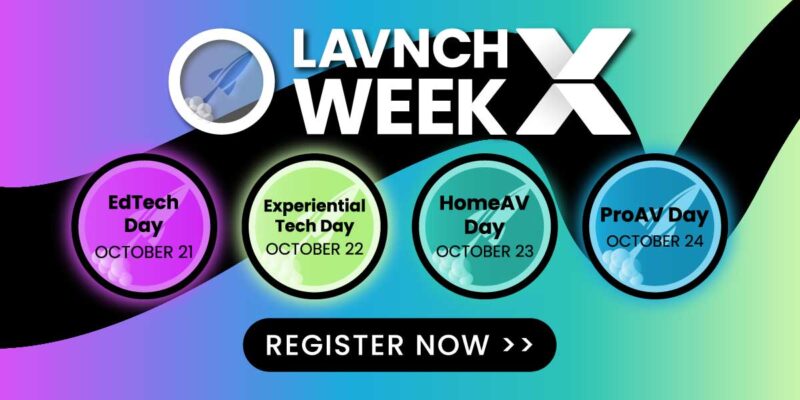Back to College — Team Engagement Lessons for the Corporate Enterprise
 Productivity and engagement, collaboration, team cohesion – these are all topics that are important to a company’s success. These topics have come into focus as corporate enterprises look to adapt their culture to the ever-increasing millennial demographic. I’ve met with several Fortune 100 companies who understand that rigid company hierarchy, top-down management, and traditional meeting-driven culture just won’t attract and retain top talent anymore. These companies are looking for new ways to engage their employees, unleash their productive potential and keep them excited about company goals. This is what is partly behind things like the 20 percent ‘choose-your-own-adventure’ engineering time at Google, on-site coffee bars, access to personal quiet spaces and company mandated yoga. But these things can only ever be auxiliary to the main company culture. I would argue that productivity and culture are defined by where most employees spend time together – in meetings. Companies are now looking closely at how meetings can be improved to drive productivity. Some organizations have realized that if you can improve happiness, engagement and collaboration in your company’s meetings, then they can change their companies for the better – at the heart of the organization itself.
Productivity and engagement, collaboration, team cohesion – these are all topics that are important to a company’s success. These topics have come into focus as corporate enterprises look to adapt their culture to the ever-increasing millennial demographic. I’ve met with several Fortune 100 companies who understand that rigid company hierarchy, top-down management, and traditional meeting-driven culture just won’t attract and retain top talent anymore. These companies are looking for new ways to engage their employees, unleash their productive potential and keep them excited about company goals. This is what is partly behind things like the 20 percent ‘choose-your-own-adventure’ engineering time at Google, on-site coffee bars, access to personal quiet spaces and company mandated yoga. But these things can only ever be auxiliary to the main company culture. I would argue that productivity and culture are defined by where most employees spend time together – in meetings. Companies are now looking closely at how meetings can be improved to drive productivity. Some organizations have realized that if you can improve happiness, engagement and collaboration in your company’s meetings, then they can change their companies for the better – at the heart of the organization itself.
It occurred to me recently that corporate enterprises can draw lessons from organizations that have already been focused on engagement and retention for the past 50+ years – higher education. I have spent a lot of time with our higher education partners and much of that time has been focused on talking about student engagement. This should come as no surprise, but when I was a professor, one of the main success metrics (outside of effective knowledge transfer) was how well you could engage your students and subsequently improve retention rates. Engagement is a fundamental metric for other things – how effectively a student learns or how focused they become on the learning task, for example. In the higher education space, student engagement is such a focus that full-time staff teaching and learning specialists will coach faculty on how to engage students.
Here are three lessons learned from higher education that can be applied to corporate culture:
 1. Derive solutions, don’t present them. Think back to your favorite classes in college. Likely those classes were structured as a dialog and not a lecture. The best educators take students through a process of discovery that leads them to a new concept rather than presenting only the concept itself. When I used to teach a course on AI, I helped students learn through the incremental discoveries that led to neural networks versus simply presenting them as an algorithm, which made students more excited and engaged. Deriving the back-propagation algorithm live with students versus presenting it outright was far more effective. Next time you’re presenting in a meeting, try taking your colleagues through your derivation and see if it increases engagement. You’ll find that this creates a collaborative dialog where new ideas, that you may have missed, are uncovered as you walk through your own process.
1. Derive solutions, don’t present them. Think back to your favorite classes in college. Likely those classes were structured as a dialog and not a lecture. The best educators take students through a process of discovery that leads them to a new concept rather than presenting only the concept itself. When I used to teach a course on AI, I helped students learn through the incremental discoveries that led to neural networks versus simply presenting them as an algorithm, which made students more excited and engaged. Deriving the back-propagation algorithm live with students versus presenting it outright was far more effective. Next time you’re presenting in a meeting, try taking your colleagues through your derivation and see if it increases engagement. You’ll find that this creates a collaborative dialog where new ideas, that you may have missed, are uncovered as you walk through your own process.
2. Flip your meetings. Flipped learning is an approach to the classroom that has received a lot of attention in higher-education and I think that it deserves attention in corporate enterprise as well. The idea is that the professor/presenter should primarily view themselves as a moderator or guide, rather than the owner of the meeting. As the video cable and other technologies that reinforced the front-and-center presentation style meetings go away, organizations can now explore how to enable meetings where participants are contributing their thoughts and ideas openly in a collaborative manner. Not all meetings are amenable to this, but next time you’re going to present a pricing strategy, new product launch plan, or marketing program – ask yourself, “what if the meeting attendees helped drive the dialog, proposed directions, and even presented their own content as part of the dialog?” You’ll likely find that flipping certain meetings will drive more ownership over projects, spur new collaborative ideas, and will increase the level of engagement from stakeholders. Flipped learning and its cousin, ‘Active Learning’, were shown to improve concept acquisition and engagement by a national academy of science study – so it’s probably worth looking at how to borrow those concepts for your own meetings.
3. Show, don’t tell. This is similar to the first lesson, but instead focuses on the importance of supporting concepts with visual material. I often would ask my students ‘Why don’t you show me what you mean?’ and then hand them the chalk. These moments are highly engaging, as other students would ‘lean in’ to see how their colleague would approach a particular problem or visualize a model. You could argue that many companies have already realized this and that the visual support of ideas is the reason for PowerPoint’s dominance of the meeting space since the early 90’s. However, this goes way beyond simply dropping clip art into a series of PowerPoint slides. Professionals are leveraging their own devices, and the content on them, more than ever before in modern meetings. The average mobile device brought to a meeting contains about 27 apps – 9 of which are typically used daily. These apps are commonly used at work and are now part of the cognitive landscape – so why not leverage them in meetings? I’ve found that if I encourage users to demonstrate ideas with content from all those apps during a meeting, the meeting is more productive and participants, using the apps they love, can feel more connected and engaged throughout. So the next time you sense you’re losing your meeting to corporate doldrums, ask someone to open an app and share it to the room display – you may find it’s as powerful as those ‘pass the chalk’ moments you had back in college.




